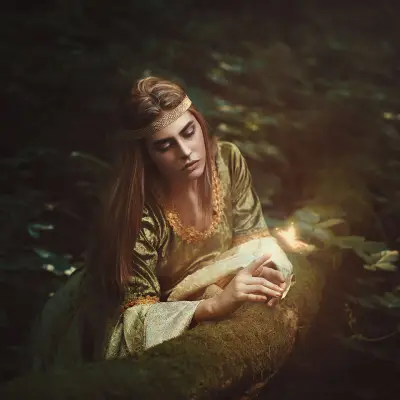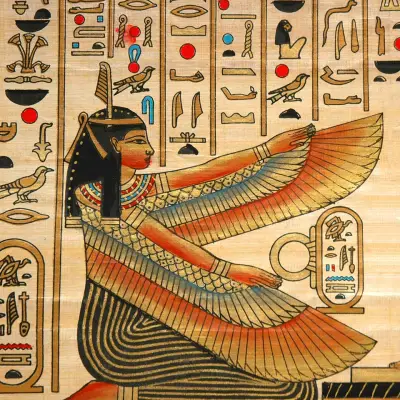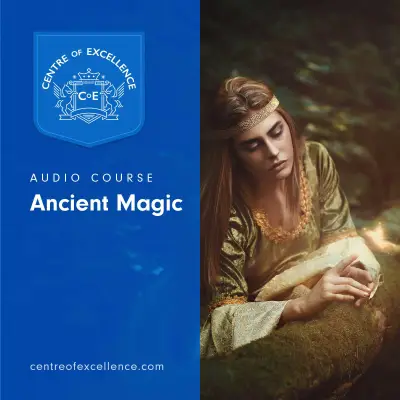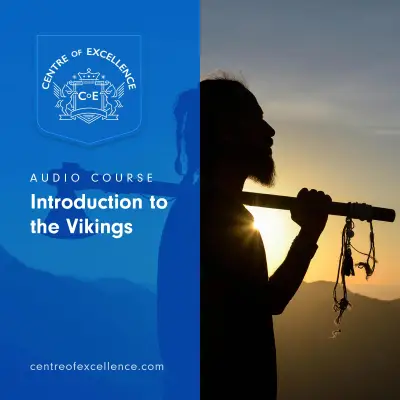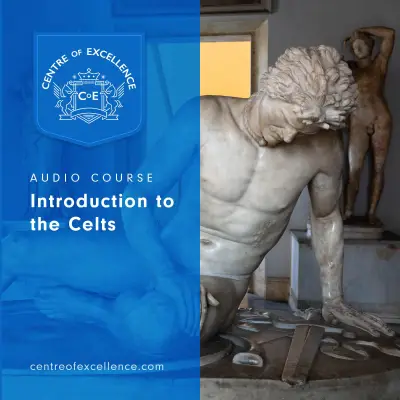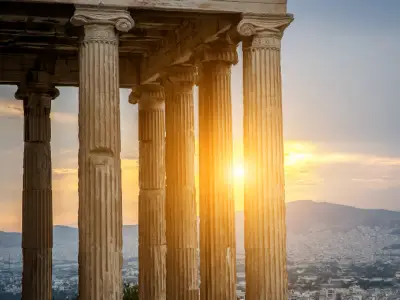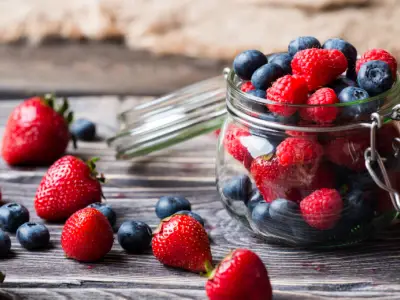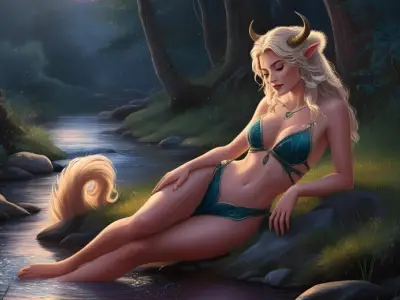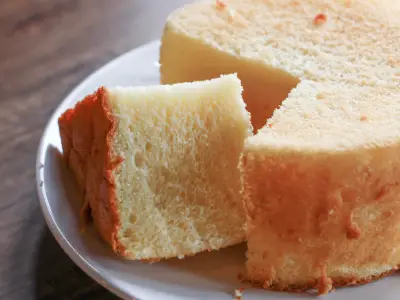Iðunn, also spelled Idun or Idunn, is one of the most intriguing goddesses in Norse mythology. Known for her association with youth, spring, and rejuvenation, she’s often referred to as the Norse goddess of spring.
This article explores Iðunn’s myths, powers, and symbols. Whether you’re studying Norse legends or just enjoy a good mythological tale, there’s plenty to discover here.
Jump to:
- Who Was Idun in Norse Mythology?
- Idun’s Myths
- The Role of Idun in Norse Storytelling
- What Powers Did Idun Possess?
- Symbols Associated with Idun
- Idun’s Lineage and Connections
- Why Is Idun Special?
- Idun in Modern Culture
- Idun’s Worship and Legacy
- Frequently Asked Questions About Idun
- Study Norse Mythology for £29
Recommended for you!
Best SellersWho Was Idun in Norse Mythology?
Iðunn is the Norse goddess responsible for keeping the gods young. While the likes of Thor and Odin may get more attention for their dramatic exploits, it’s Iðunn who quietly ensures they maintain their strength and immortality. She does this through her magical apples – golden fruits that reverse ageing and maintain vitality.
Iðunn is often described as fair, wise, and peaceful. She’s married to Bragi, the god of poetry, and their partnership symbolises the union of vitality and inspiration. Together, they represent a more reflective side of the Norse cosmos, where power comes not just from weapons and battles, but from nourishment and creativity.
Idun’s Myths
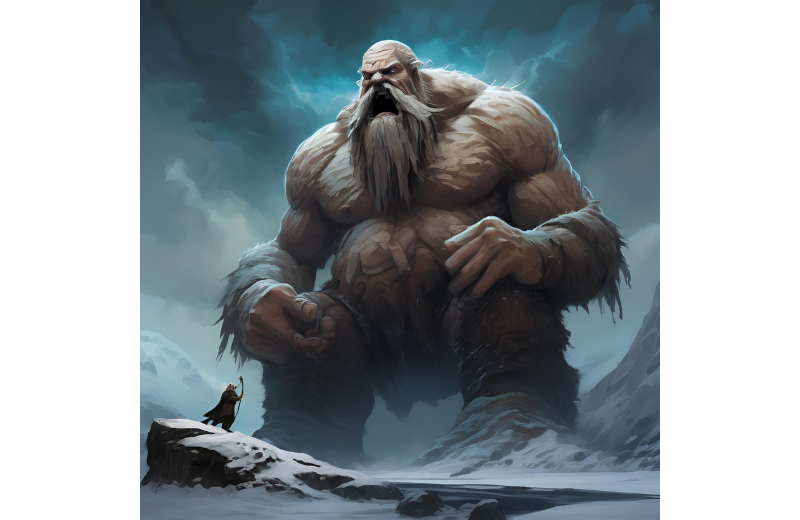
The myths surrounding Iðunn are few but powerful, revealing just how essential she is to the wellbeing of the gods. Her stories often revolve around her magical apples and the consequences of their absence.
The Trickery of Loki
The most well-known tale begins with Loki, the mischievous trickster god. While travelling, he’s captured by the giant Thjazi and forced to promise something valuable in exchange for his release. In typical Loki fashion, he agrees to lure Iðunn out of Asgard by tempting her with the idea of apples even more marvellous than her own. Iðunn, trusting him, follows him into the forest.
There, Thjazi swoops down in the form of a giant eagle and abducts her. The moment she disappears, the gods begin to feel the weight of age, their divine strength fading without the apples she guards.
The Gods Begin to Weaken
Back in Asgard, the gods quickly notice the effects of Iðunn’s absence. Their youthful glow begins to fade, and they grow weaker with each passing day. Panic spreads as the gods realise the source of their vitality is missing.
When they discover Loki’s involvement, they force him to take responsibility and bring Iðunn back. His trickery has not only endangered one of their own but threatens the very fabric of their immortality.
Loki’s Rescue and Idun’s Return
Determined to avoid punishment, Loki transforms into a falcon and flies in search of Iðunn. He finds her in the clutches of Thjazi and turns her into a nut, small enough to carry in his talons. With Iðunn securely in his grip, Loki takes flight, racing back to Asgard.
Thjazi pursues him in eagle form, but as Loki nears Asgard, the gods light a great fire on the walls. As the giant swoops through the flames, his wings are burned, and he falls to his death. Iðunn is safely returned, and with her magical apples, the gods regain their youth – a powerful reminder of her irreplaceable role.
The Role of Idun in Norse Storytelling
Unlike some of the more action-driven gods, Iðunn’s power is in her presence and her gifts. She doesn’t seek attention, but her role is so important that the entire pantheon relies on her. She embodies the quiet force of life itself – the energy that sustains, heals, and renews.
In storytelling, she’s a reminder that not all strength comes from war or drama. Some of the most powerful forces are gentle, natural, and vital for survival. Without Iðunn, the gods fall apart – showing that her role, though subtle, is absolutely central to the Norse worldview.
What Powers Did Idun Possess?
Iðunn’s greatest power lies in the apples she guards. These apples, sometimes referred to as the “Idun apples”, are unlike any fruit in our world. They hold the ability to keep the gods eternally youthful and free from the effects of time.
While she doesn’t have the lightning of Thor or the wisdom of Odin, Iðunn’s abilities are just as impressive in their own way. She can:
- Maintain the eternal youth of the gods
- Reverse or prevent the effects of ageing
- Symbolise the renewal of life, much like the arrival of spring
Symbols Associated with Idun
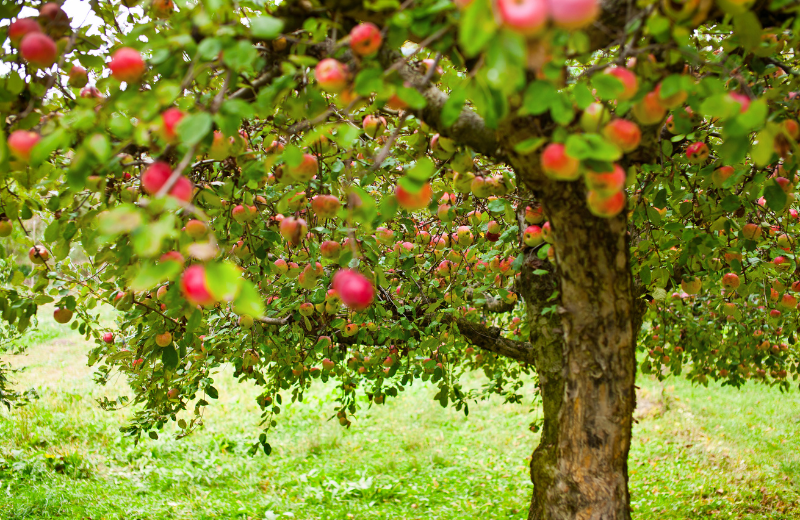
The most obvious and iconic symbol associated with Idun is the apple, representing immortality and divine favour. Iðunn is nearly always shown with her apples in some kind of container, such as a box or basket. Other symbols linked to her include:
- Apple trees, especially those that blossom early in spring
- A chest or box, representing the container for her magical apples
- Spring flowers and blossoms, pointing to her seasonal associations
- The Berkano rune, symbolising fertility, rebirth, and feminine strength
Idun’s Lineage and Connections
Unlike many other gods and goddesses in Norse mythology, Iðunn doesn’t have a well-defined parentage. This adds an air of mystery to her character and makes her feel more elemental – as if she represents a force of nature rather than a figure tied to a specific bloodline.
She’s the wife of Bragi, the god of poetry, and their connection is meaningful. Poetry and youth go hand in hand in the Norse tradition – both preserve stories, beauty, and vitality across generations.
Why Is Idun Special?
Idun may not ride into battle or craft magical weapons, but her contribution to the world of Norse mythology is unmatched. She embodies a quieter kind of power – one that sustains life rather than conquers it.
Her uniqueness lies in the way she connects the divine with the everyday. Apples, springtime, youth, and growth – these are relatable themes. Her role is a reminder of the importance of caretaking, preservation, and nurturing strength over time.
Idun in Modern Culture
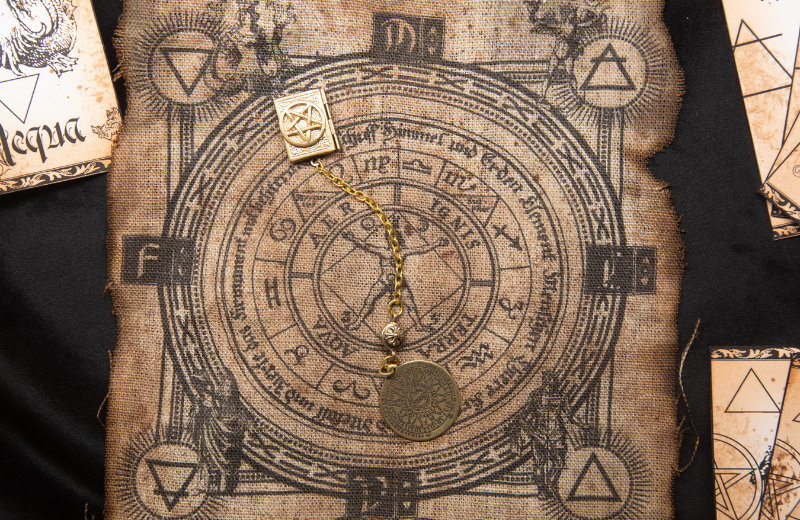
Iðunn continues to leave a gentle yet meaningful impression in modern culture—especially among those who celebrate nature, seasonal spirituality, and Norse-inspired traditions. She appears in literature, video games, and Pagan practice, often portrayed as a nurturing figure tied to youth, vitality, and the rhythms of spring.
While she doesn’t appear directly in the Vikings TV series, echoes of her energy can be felt in its portrayal of health, femininity, and rebirth. In many fantasy settings, she’s depicted as a healer or guardian of magical fruit, often associated with nature-based powers and time.
Modern Pagan and Heathen communities sometimes honour Iðunn during spring festivals or equinox celebrations, calling upon her to bless gardens, inspire growth, and support personal renewal. Among those who follow the Ásatrú path, she is especially loved for her connection to cyclical life, healing, and inner strength.
For many, Iðunn is a quiet symbol of continuous life—a goddess who doesn’t seek attention but remains deeply important in the cycles of both mythology and the natural world.
Idun’s Worship and Legacy
Honouring Iðunn in the present day often involves tuning into the spirit of renewal and care. Her worship isn’t about grand rituals, but rather the thoughtful, seasonal acts that reflect her nurturing essence. People might plant fruit trees, celebrate the first blossoms of spring, or prepare apple-based dishes as symbolic offerings to her.
These small, heartfelt gestures—like walking through a blooming orchard, lighting a candle at dawn, or enjoying a warm drink under a flowering tree—mirror the type of goddess Iðunn is: one who rewards stillness, reflection, and respect for the natural order.
There is no historical record of temples dedicated solely to her, but her importance in the myths speaks volumes. She was clearly held in high regard, not for dramatic deeds, but for preserving what mattered most—youth, vitality, and balance.
Her story continues to inspire those drawn to mythology and nature-based spirituality. The image of her golden apples lives on in modern traditions and teachings, reflecting themes of healing, inner nourishment, and the beauty of life’s eternal return.
Recommended for you!
Best SellersFrequently Asked Questions About Idun
How do you pronounce Idun?
Most commonly, it’s pronounced “EE-dun” or “EE-thoon”, depending on whether you’re using the modern Scandinavian or Old Norse form. The Old Norse spelling, Iðunn, includes the unique letter ð (called “eth”), which has a soft “th” sound.
What happens to Idun in Ragnarok?
There are few direct references to Iðunn’s role in Ragnarok, but some traditions suggest she may survive and help with the world’s renewal after the chaos ends. This theory fits well with her symbolic connection to rebirth and springtime. If she does survive, it would reinforce the idea that life and renewal continue even after destruction.
What is the English Translation of Idun?
The name Iðunn roughly translates to “ever young” or “rejuvenator” – a perfect description of her role in Norse mythology. This meaning captures her essence as the guardian of vitality and eternal youth.
What rune is associated with Iðunn?
The Berkano rune, which symbolises birth, fertility, and feminine energy, is often linked to her. This rune is part of the Elder Futhark and closely tied to growth and nurturing, much like Iðunn’s own character. In rune readings, it often signifies a time of renewal and transformation – themes that align perfectly with her myths.
Is Idun a real Norse god?
Iðunn is a real deity from Norse mythology, featured in ancient texts such as the Poetic Edda and Prose Edda.
What happens if the gods lose Idun?
When Iðunn is taken by the giant Thjazi, the gods begin to age rapidly and lose their strength. Her absence causes a crisis in Asgard, showing just how dependent the gods are on her presence and her apples. This moment in the myths reinforces her status as a key figure in maintaining divine harmony and eternal life.
Study Norse Mythology for £29
Norse mythology is full of fascinating gods, legends, and deeper meanings waiting to be explored. If you’re fascinated by Idun and Norse mythology, why not take your knowledge further? At Centre of Excellence, you can enrol in the Norse Mythology Diploma Course for just £29! Learn about the gods, myths, and legends in greater depth and explore the rich history of the Vikings.


